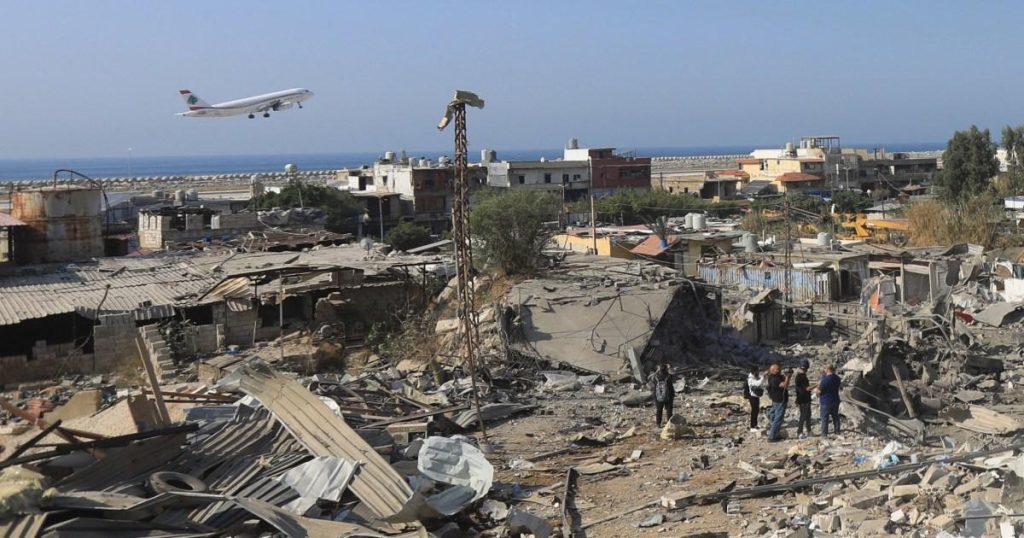The 2025 Risk Map, a collaborative effort by Safeture and Riskline, paints a complex picture of global safety for travelers, highlighting escalating risks in numerous regions while simultaneously acknowledging improvements in others. This comprehensive assessment, based on a multitude of factors ranging from violent crime and social unrest to political instability and the impacts of climate change, provides a crucial resource for individuals and organizations planning international travel. The map categorizes countries and cities into five risk levels: low, moderate, medium, high, and extreme, offering a nuanced understanding of the potential dangers faced by travelers in different parts of the world.
Conflict-ridden nations like Burkina Faso and the Central African Republic dominate the “extreme risk” category, underscoring the precarious security situations in these areas due to ongoing civil wars. Lebanon, grappling with persistent attacks and regional tensions, also falls within this high-risk bracket. Worryingly, the report indicates a decline in safety across 77 countries compared to the previous year, including regions like Israel, the West Bank, Gaza, Lebanon, and Iran, further emphasizing the volatile nature of geopolitical dynamics and their impact on travel safety. Among cities, Bangui in the Central African Republic, Beirut in Lebanon, and Gaza City in the Gaza Strip are identified as the most dangerous, largely due to ongoing conflict and political instability.
A noteworthy trend revealed by the 2025 Risk Map is the shift in the security landscape within Europe. Historically perceived as a safe haven for travelers, the continent is experiencing a rise in risks, with countries like the UK, France, Spain, and Sweden now classified as “moderate risk.” Italy, the Netherlands, and Poland have also witnessed increased risk levels, signaling a broader trend of heightened security concerns across the region. While “moderate risk” still represents a relatively safe classification, the change underscores a dynamic security environment requiring vigilance and awareness from travelers.
Conversely, the report highlights positive developments in several countries that have transitioned to a lower risk category. Armenia, Argentina, Bosnia-Herzegovina, China, Morocco, and Cuba have all shown improvements in their security situations, moving to the “moderate risk” classification. This progress demonstrates the positive impact of various factors, potentially including improved governance, conflict resolution, and enhanced security measures. For travelers seeking maximum safety and peace of mind, the map designates countries like Germany, Switzerland, Luxembourg, Belgium, Finland, Iceland, Norway, Australia, New Zealand, Singapore, and Japan as “low risk,” representing the safest destinations for international travel. Bern in Switzerland, Doha in Qatar, Melbourne in Australia, Montreal and Ottawa in Canada, and Muscat in Oman are highlighted as the safest cities globally.
The Maldives, a popular honeymoon destination, has experienced a downgrade in its risk assessment, moving from “low risk” to “medium risk.” This shift is attributed to escalating political instability, rising social tensions, the growing influence of religious extremism, and the undeniable impacts of climate change, including flooding and coastal erosion. This change underscores the interconnectedness of various risk factors and how they can converge to impact a country’s overall safety profile. It serves as a reminder that even idyllic destinations can be susceptible to changing circumstances, requiring travelers to stay informed and adapt their plans accordingly.
Beyond geopolitical and social factors, the 2025 Risk Map also incorporates an assessment of medical infrastructure and healthcare accessibility. This critical aspect of travel safety is often overlooked but can significantly impact travelers’ well-being, particularly in the event of illness or injury. The report highlights countries with inadequate medical facilities and limited access to essential medicines and emergency care, including Afghanistan, Bangladesh, Cameroon, the Central African Republic, Haiti, Myanmar, South Sudan, Sudan, Venezuela, and Yemen. In these regions, even easily treatable conditions can pose serious threats due to the lack of adequate healthcare resources. This highlights the importance of considering medical risks when planning international travel and taking appropriate precautions such as travel insurance and necessary vaccinations. The report emphasizes the need for travelers to be aware of these potential health risks and to take necessary precautions to mitigate them.


